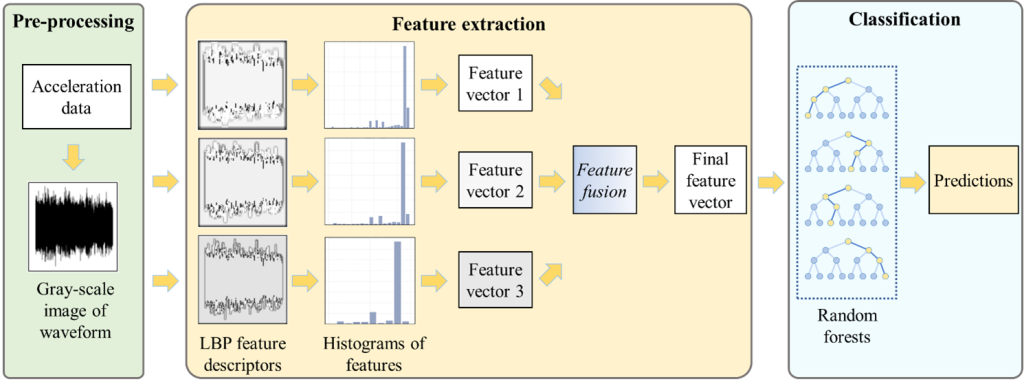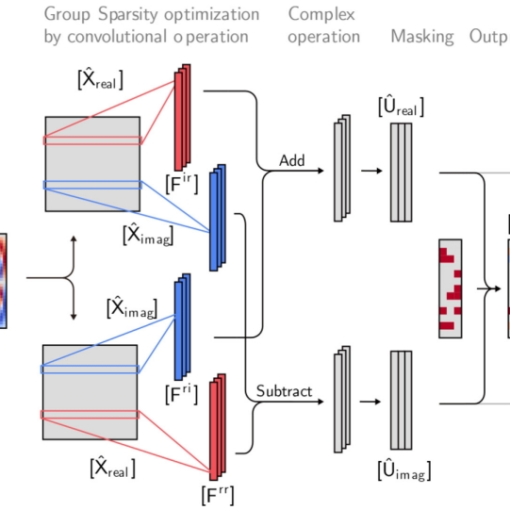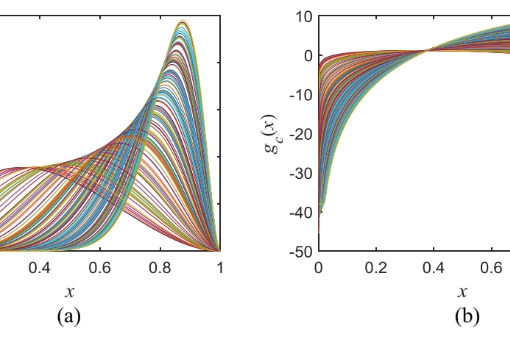Abstract: Structural health monitoring (SHM) systems provide opportunities to understand the structural behaviors remotely in real-time. However, anomalous measurement data are frequently collected from structures, which greatly affect the results of further analyses. Hence, detecting anomalous data is crucial for SHM systems. In this article, we present a simple yet efficient approach that incorporates complementary information obtained from multi-view local binary patterns (LBP) and random forests (RF) to distinguish data anomalies. Acceleration data are first converted into gray-scale image data. The LBP texture features are extracted in three different views from the converted images, which are further aggregated as the anomaly representation for the final RF prediction. Consequently, multiple types of data anomalies can be accurately identified. Extensive experiments validated on an acceleration dataset acquired on a long-span cable-stayed bridge highlight the advantages of the proposed method. State-of-the-art performances are achieved by the proposed method, demonstrating its effectiveness and generalization ability.




